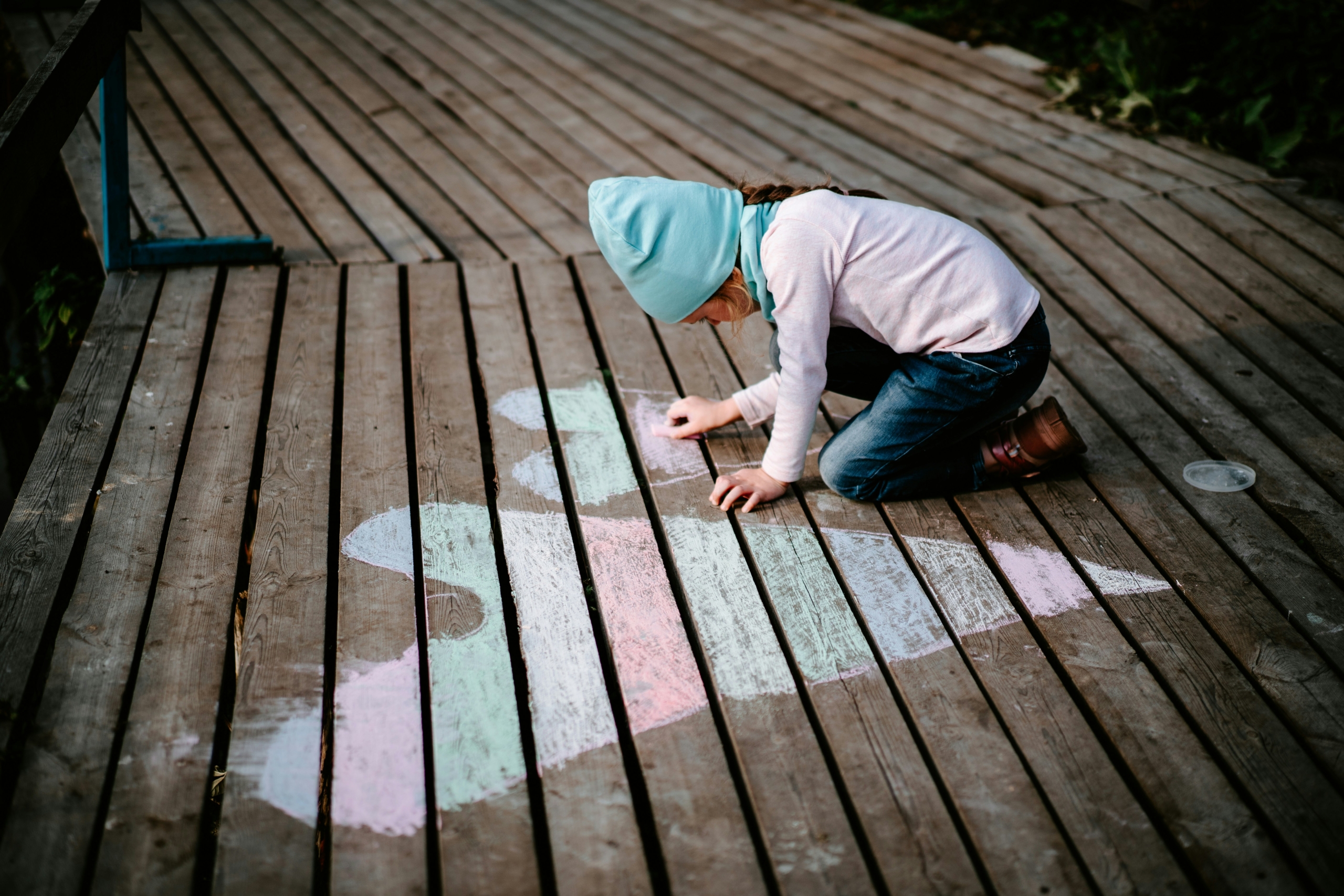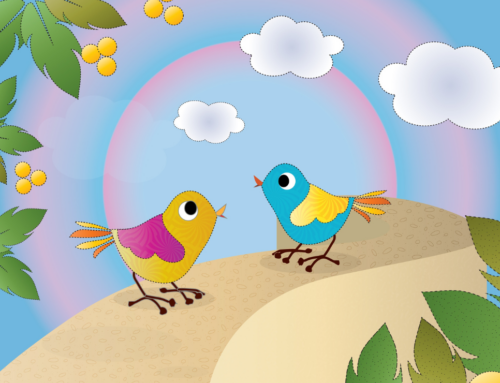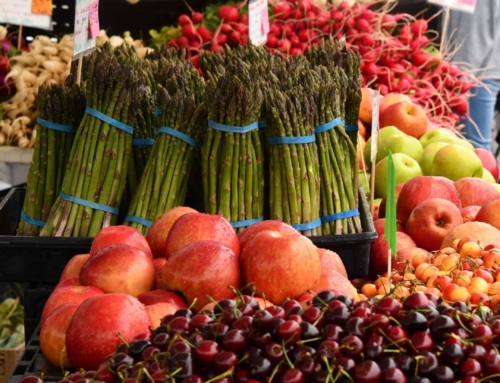As the holidays approach, there’s no better time to introduce young children to the power of gratitude and kindness. These foundational qualities not only foster compassion but also build emotional resilience and encourage positive social interactions as they grow. At Happy Journeys, we believe kindness is a skill that can be nurtured from an early age. Here, we’ve put together some fun, simple activities and practices to help inspire your little one to be more kind, grateful, and connected to their community.
- Gratitude Jar
- What You Need: A clear jar, slips of paper, markers, and some stickers or decorations.
- How It Works: Decorate the jar together, turning it into a fun craft activity. Every evening or week, sit down with your child and write down something you’re each thankful for. It could be as simple as a sunny day, a fun playdate, or their favorite toy. Place each slip in the jar and watch it fill up with positivity.
- Benefits: This activity encourages children to reflect on what they have and builds appreciation over time. At the end of each month or year, you can read the slips together, creating a lovely tradition of gratitude.
- Thankful Tree
- What You Need: Construction paper, scissors, glue, and markers.
- How It Works: Draw or cut out a tree trunk and branches on a large piece of paper, and then cut out leaf shapes from colourful paper. Each day, encourage your child to write (or have you write) something they’re thankful for on a leaf. Attach each new leaf to the tree to make it bloom with gratitude.
- Benefits: The Thankful Tree is a visual reminder of all the good things in your child’s life, encouraging them to find and acknowledge the positives every day. It’s also a beautiful decoration for the home!
- Random Acts Of Kindness Chart
- What You Need: A large piece of paper or a whiteboard, and markers.
- How It Works: Create a chart listing small acts of kindness your child can do each day, like helping set the table, sharing toys, or complimenting a friend. Each time they complete an act of kindness, let them place a sticker or draw a checkmark on the chart. Celebrate when they reach a certain number of acts, perhaps with a special outing or treat.
- Benefits: Small acts of kindness help children develop empathy and think about others. This chart gives them a fun way to see the positive impact they’re making and helps reinforce that kindness is an ongoing habit.
- Gratitude And Kindness Storytime
- What You Need: Storybooks centred around themes of kindness and gratitude.
- How It Works: Spend time reading stories that highlight characters showing kindness, sharing, and appreciation. Discuss the story with your child afterward: “How did the character help others?” or “How would you feel if someone did something kind for you?”
- Book Suggestions: “Have You Filled a Bucket Today?” by Carol McCloud or “The Thankful Book” by Todd Parr.
- Benefits: Storytime can be a powerful way for children to learn about values indirectly. By seeing characters show kindness and express gratitude, children can relate to these feelings and recognise them in their daily lives.
- Kindness Crafts For The Community
- What You Need: Art supplies, paper, markers, and stickers.
- How It Works: Make cards, bookmarks, or small crafts together with the intention of giving them to neighbours, friends, or even residents at a local care home. You could also work on a “Thank You” card for your child’s teacher or a local community helper.
- Benefits: By creating crafts to give away, your child learns that kindness can be expressed through giving. This activity is also a great way to introduce them to the idea of community involvement and making others feel special.
- “I Spy” Kindness Game
- What You Need: No supplies needed—just a keen eye and a positive attitude!
- How It Works: As you go about your day, play a game where you both look for acts of kindness happening around you. Did someone hold the door open? Did a child share their toy? Each time you spot something kind, point it out to your little one and discuss how it made others feel.
- Benefits: This simple game can make children more aware of kindness around them and help them appreciate the impact of positive actions. It also encourages them to emulate similar behaviours.
- Kindness Scavenger Hunt
- What You Need: A list of kind actions and stickers or markers.
- How It Works: Create a list of kind activities your child can complete, such as helping a friend, saying thank you, picking up litter, or giving someone a hug. As they complete each item, they get to mark it off the list or add a sticker.
- Benefits: The scavenger hunt format makes kindness fun and goal-oriented. It motivates children to complete tasks and reinforces that kindness is both rewarding and enjoyable.
- Reflective Bedtime Routine
- What You Need: Just a few quiet minutes before bed.
- How It Works: At the end of the day, take a few minutes to talk with your child about what they’re grateful for and any kind things they saw or did. Ask questions like, “What was the best part of your day?” or “Did you help someone today?”
- Benefits: Ending the day with reflection helps children process their experiences and emotions. It reinforces positive behaviours and gratitude, promoting a peaceful, fulfilled mindset before bedtime.
Bottom Line:
Encouraging gratitude and kindness doesn’t require grand gestures, it’s about nurturing small, daily practices that become lifelong habits. By engaging in these activities together, you’re helping your child develop empathy, gratitude, and a caring attitude that will shape their future relationships and understanding of the world.
At Happy Journeys, we believe that when children feel connected and valued, they naturally begin to extend those feelings to others. Through these practices, you’re not only helping them become kinder individuals—you’re also fostering a happier, more resilient mindset for the years to come.
Want to learn more about encouraging positive behaviours? Check out more resources on our blog section: happyjourneys.co.uk/blog.






